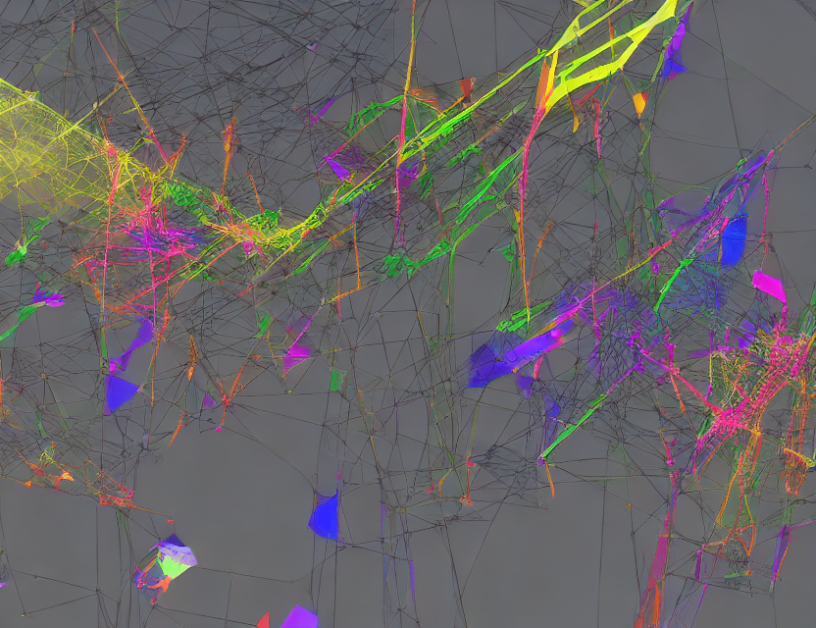MusicAOG is built upon the idea that music can be represented as a graph, with nodes representing different aspects of music, such as notes, chords, and melodies. These nodes are connected by edges, which represent the relationships between them. By modeling music as a graph, MusicAOG enables the analysis and manipulation of complex musical structures in a more efficient and intuitive manner.
Key Concepts
- Nodes and Edges: The core components of MusicAOG are nodes and edges. Nodes represent various aspects of music, while edges connect them to indicate relationships. There are two types of nodes: textural and structural. Textural nodes describe the sound of music, while structural nodes capture its organization.
- Structural Nodes: Structural nodes encapsulate section and period nodes, which represent temporal segments of music. Period nodes focus on distinct cognitive processes like emotions, styles, and are produced by section nodes of longer timescales, emphasizing more reflective elements such as narratives behind the music.
- Sound Resources: Sound resources often include samples that encompass not only pure notes but also various sound effects that can be classified as radicals. These sound effects can be used to condense the representation of a group of notes.
- Radicals: Radicals are an essential component of MusicAOG, representing small groups of notes that humans perceive as cohesive. These radicles are crucial for exploring the notion of music generation and understanding how humans process music.
- Goal Inference and Intent Prediction: MusicAOG enables goal inference and intent prediction, allowing computers to understand the goals and intents behind a piece of music. This is achieved by analyzing the relationships between nodes and edges in the graph representation.
- Controlled Amendment: The proposal acceptance mechanism in MusicAOG is governed by a probability function that takes into account the energy function E(pg; Θ) and the information projection E(pg′; Θ). This mechanism allows for controlled amendment, ensuring that proposals are accepted or rejected based on their relevance to the music.
Conclusion
MusicAOG offers a unified representation of music that combines different aspects into a single graph structure. By understanding the key concepts and context of MusicAOG, readers can gain insights into how this framework can be used to analyze, manipulateulate, and generate music in more efficient and intuitive ways. As the field of AI music continues to evolve, MusicAOG is poised to play a pivotal role in demystifying complex musical structures and enabling the creation of new and innovative sounds.



